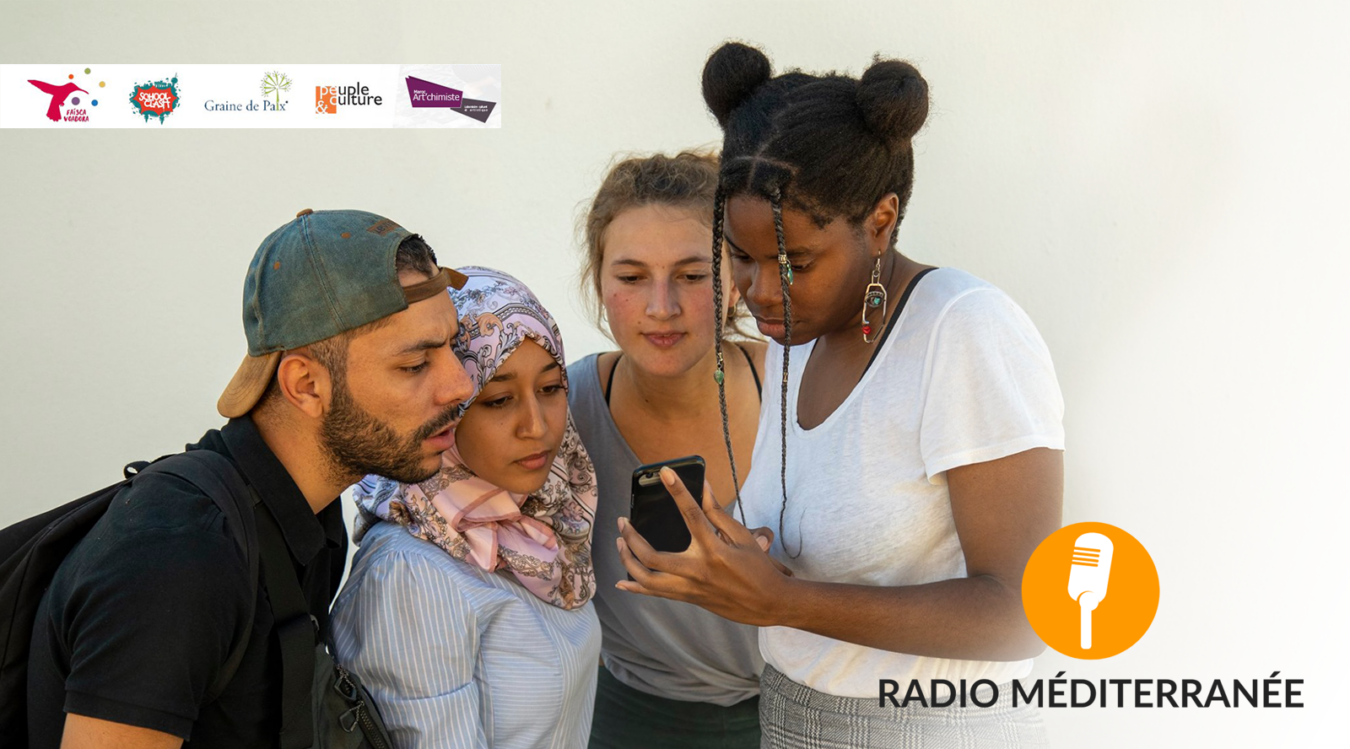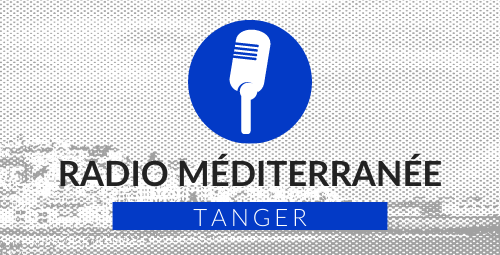By Niels van Loo, Ilse Ploegmakers and Chantal Gielen
Morocco has attracted many migrants, asylum seekers and refugees from the sub-Saharan region over the years. It is also a country that struggles to deal with these foreigners. To gain insight into the situation nowadays in Morocco, the migrant procedures and experiences of refugees will be discussed in this paper. In order to discuss the situation in Morocco some definitions such as migrant, asyleem seeker and refugee should be distinguished first.
A migrant is ‘someone who moves from one place to another in order to live in another country for more than a year’ (Alan Travis, 2015). There are many reasons why a migrant would possibly move to another country, such as: economic and political reasons or just for pleasure. Migrants may need a visa to enter another country. This also applies for people who come from West Africa to Morocco. Furthermore, migrants do not have immediate access to social housing or other benefits, but may have an eventual pathway to settlement and citizenship. On the other hand, if one does no comply with the immigration laws migrants can still be rejected to Morocco.
A refugee is a person who has fled an armed conflict or prosecution and who is recognised as needing of international protection because it is too dangerous for them to return home. They are protected under international law by the 1951 refugee convention, which defines what a refugee is and outlines the basic rights afforded to them.
Once someone has been recognised as a refugee, they are supposed to be given access to social housing and welfare benefits and helped to find a job and integrate into society. The UN refugee agency (UNHCR) estimates that there are almost 60 million forcibly displaced people around the world, including those displaced within their own countries (Alan Travis: 2015).
States are under international obligation to consider claims for asylum and are not allowed to immediately return asylum seekers to the countries they have fled from. The refugee convention states that they must be given access to fair and efficient asylum procedures and measures to ensure they live in dignity and safety while their claims are processed (Alan Travis: 2015).
Morocco has an image as transit or destination country. Many refugees or migrants would like to travel via Moroco to Spain in Europe, because of the economic or political situation in their home country. Europe is seen as a place that has social, economic, and political welfare. One believes that they have a better chance to succeed or to find shelter in Europe than in Africa. Although Marocco is seen as a transition of destination country, the nation struggles with the amount of people who try to get in. This results into several issues between the migrants and refugees and the government, which will be discussed in another section of this paper.
Historical context on refugees, asylum seekers and migrants in Morocco More than ever, globalisation shows how the world is connected, more than ever, and how developments influence each other. The last couple of years it has become clear that Europe has become more strict accepting refugees and asylum seekers, and therefore Morocco is becoming a country where refugees stay instead only a transit country. Although Morocco is still primarily an emigration country, it becomes more and more a destination country for refugees from the sub Saharan region.
An increasing number of migrants from West Africa, the Democratic Republic of Congo, and other African countries travel to Morocco on visas to pursue studies and jobs. Also, an increasing number of Europeans have settled in Morocco as workers, entrepreneurs, or retirees. The number of European labor immigrants, particularly from Spain, has increased since the onset of the global economic crisis in 2008. Newcomers from other African countries also includes asylum seekers and refugees fleeing conflict and oppression in their origin countries. Some African migrants see Morocco as a temporarily place before trying to enter Europe. Once in Morocco, they sometimes attempt to enter one of two permanently inhabited Spanish port cities located on the north coast of Africa, Ceuta and Melilla, which share borders with Morocco. Because Spain has few repatriation agreements with sub-Saharan countries and because of identification problems, many migrants who manage to enter are eventually released. However, a great number of migrants are failing to enter Europe and therefore prefer to settle in Morocco. Tens of thousands have settled in cities like Casablanca, Rabat, and Fes.
In the last week, Moroccan authorities launched a new wave of regulation legislation of migrants in its soil, following after the king’s decision. Three years after the first wave, in 2013, migration becomes again a political and social topic in the country, a somehow “new” topic in the public area. Indeed, just one law has been issued on migration, law 02-03. Till then, migration was just answered by repression.
The first wave of regulation in 2013 allowed 23 000 migrants to obtain a permit to stay in Morocco. This decision of massive regulation has a few origins, among them the publication by Gadem and other organisations of a report about the working and living conditions of migrants in Morocco. Another factor was the June 2013 agreement between European Union and Morocco, in the frame of the Partnership for Mobility.
In exchange of European visa facilities for Moroccans citizens, Morocco would help to regulate the flux of migrants willing to reach Europe, by maintaining them in its soil. The legalisation of some migrant administrative situation was thus one of the means used. The second wave follows the same logic, with in addition the willingness from Morocco to turn towards Africa, by providing a better treatment to its people. However, the political will and words often don’t meet with the situations reality, as shown by various interviews led with Sub-Saharan migrants in Tanger.
Although Morocco is still primarily an emigration country, it has evolved into a destination country for migrants from sub-Saharan Africa and Europe. Although this immigration is still very modest compared to the large-scale nature of Moroccan emigration, this is a significant shift from the past.
Sources:
- https://www.theguardian.com/world/2015/aug/28/migrants-refugees-and-asylum-seekers-whats-the-difference
- Hein Haas,Morocco: Setting the Stage for Becoming a Migration Transition Country ?(http://www.migrationpolicy.org/article/morocco-setting-stage-becoming-migration-transition-country?)
- https://eeas.europa.eu/sites/eeas/files/pmnov2013-2_fr.pdf

